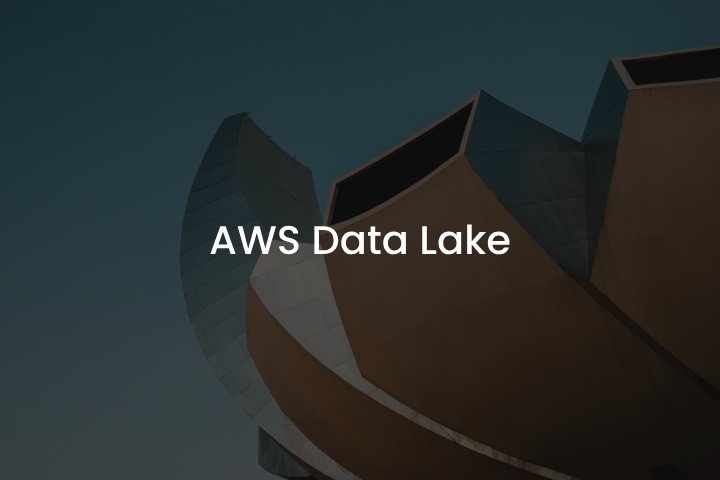
AWS Data Lake: Creating Scalable Solutions Using Lake Formation
AWS Data Lake provides a scalable, secure, and efficient way to consolidate large amounts of information from several sources. It’s designed to make analytical processing more accessible, empowering you to handle big data easily.
With the constantly evolving big data industry, the insights discussed in this article remain of great importance. This guide provides best practices for deploying and managing AWS data lakes. Let’s delve into building them, covering key processes such as records ingestion, cataloging, protection, and governance.
Understanding Data Lake Architecture
A data lake is a centralized repository designed to store a vast amount of information in its raw format. Unlike traditional enterprise data warehouses (EDW), it utilizes engineering practices that facilitate metadata tagging and streamlining records retrieval.
A data lake consists of two components: storage and compute. It can reside on-premises or in a cloud environment – some architectures can combine both infrastructures. Within the data lake ecosystem, you can use the convergence of technologies such as AWS Formation, Glue, S3, and Redshift to enhance decision-making and operational efficiencies.
AWS Formation Features
AWS Lake Formation offers a suite of crucial features for enhancing data management, security, and integration. Let’s take a closer look at them.
Centralized Management
The service provides centralized management within AWS data lakes and automatically catalogs the records, simplifying their search. Users can also securely ingest information from diverse sources such as Amazon S3, RDS, Redshift, and on-premises DBs.
Protection and Governance
Lake Formation safeguards information from damage, corruption, or loss by offering fine-grained access controls. The integration with AWS Glue Data Catalog supports compliance with various regulatory requirements.
Integration with Other Services
Amazon Athena, Redshift, EMR, and SageMaker facilitate diverse analytics and machine learning use cases, allowing organizations to leverage their records more effectively.
Step-by-Step Brief Guide to Building a Data Lake on AWS.
This section will walk you through creating a data lake using AWS Formation. Explore the initial setup, prepare your records, configure access and security, and finally, analyze the information.
- AWS Lake Formation Set Up. Start with AWS Lake Formation initialization, which involves defining the data lake’s location (e.g., Amazon S3), as well as the necessary roles and permissions for access.
- Records Preparation. Structure the data using AWS Glue. It automatically crawls your information sources, identifies formats, and creates metadata tables in the Catalog.
- Access and Security Configuration. Implement protection measures by including access policies and permissions within AWS Lake Formation. So that only authorized personnel will manage specific data sets, maintaining their integrity and confidentiality.
- Ingestion and Analysis. You can import records from various sources, including direct uploads, streams, and existing DBs. Once ingested, utilize tools like Redshift for analysis. This allows for efficiently handling large datasets and complex queries within your AWS Data Lake.
Conclusion
In this article, we’ve outlined the steps necessary to build a robust data lake architecture. The additional AWS tools we’ve described will not only allow you to create an analytical engine but also fuel innovation and efficiency across industries, inspiring you to leverage your data’s full potential.
FAQs
What exactly is AWS Lake Formation?
AWS Lake Formation is a service designed to simplify setting up a secure data lake within a matter of days. Your repository will serve as a centralized, curated, and safe storage location for information in its raw format.
What are the differences between AWS Glue and Lake Formation?
AWS Glue primarily uses crawlers to scan records in a data lake. It classifies them, extracts schema details, and automatically stores this metadata in the Catalog.
In contrast, AWS Lake Formation focuses on the central governance, security, and sharing of your information. It also helps to facilitate straightforward scalability of permissions.
What distinguishes AWS Lake Formation from DataZone?
Lake Formation and the AWS Glue Data Catalog are essential components of Amazon DataZone. It enables access to Catalog tables managed within AWS Lake Formation.


